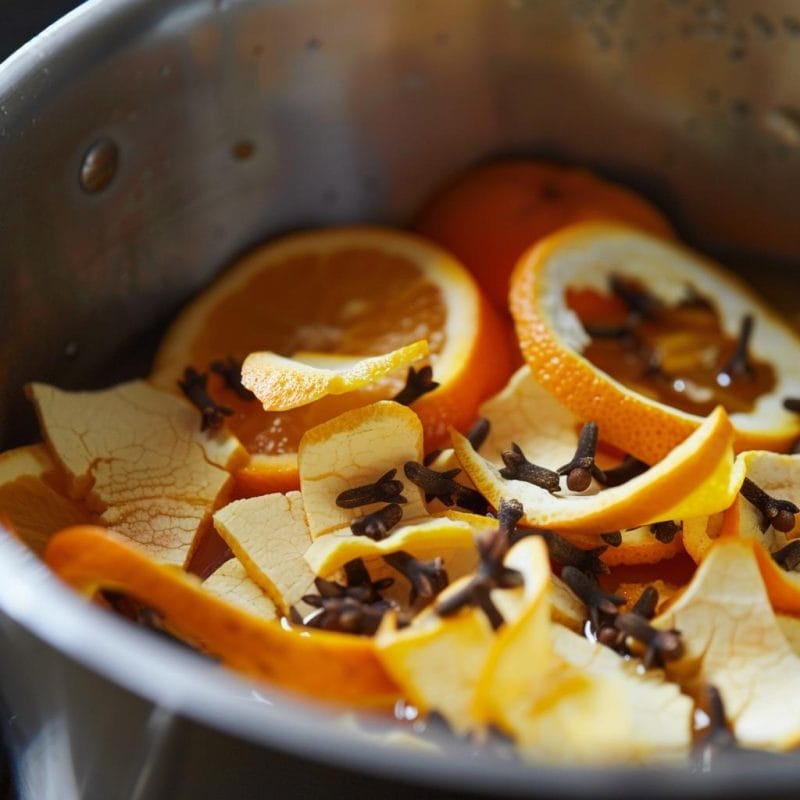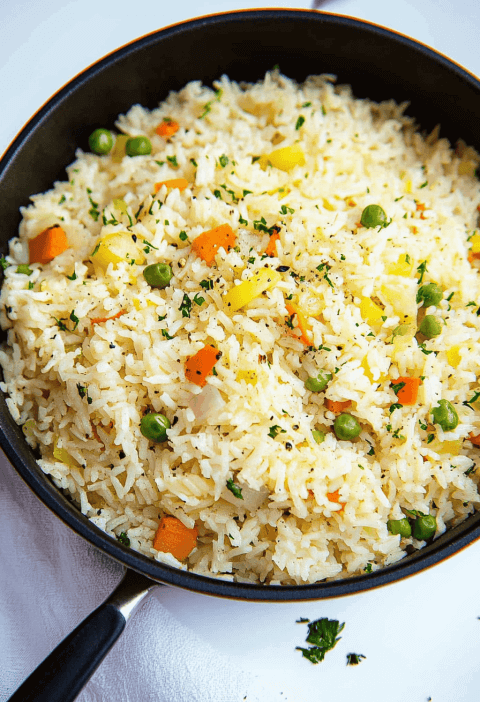Would you like to save this?
In today’s fast-paced world, the microwave has become a go-to appliance for reheating food quickly and conveniently. But not everything we eat belongs in a microwave. Some foods can become dangerous to your health due to chemical changes, bacterial contamination, or nutrient loss when reheated improperly. In this article, we’ll dive into 11 foods you should never reheat in the microwave and explain the risks involved. Armed with this knowledge, you can avoid potential food safety hazards and preserve the nutritional value of your meals.
How Microwaves Work and Their Risks
Microwaves heat food by emitting electromagnetic waves that make water molecules in the food vibrate, generating heat. While this method is fast, it often heats food unevenly, leaving cold spots where bacteria can survive. Additionally, the intense heat from microwaves can alter the chemical structure of certain foods, producing harmful compounds or degrading nutrients. With that in mind, it’s important to know which foods don’t belong in the microwave—not only to avoid ruining their flavor or texture but to prevent serious health risks.
1. Chicken: Beware of Uneven Heating
Chicken’s proteins don’t react well to microwaving. When reheated, the proteins break down differently than they did during the initial cooking process, which can result in a rubbery texture and make the meat harder to digest. Even worse, microwaves don’t always heat food evenly, meaning some parts of the chicken might stay in a bacteria-prone temperature zone (between 40°F and 140°F). This raises the risk of foodborne illness from pathogens like Salmonella or Campylobacter.
2. Rice: A Breeding Ground for Bacteria
Leftover rice can be hazardous if not handled properly. It’s particularly prone to contamination by Bacillus cereus, a bacterium that can produce toxins even after cooking. Microwaving doesn’t reliably eliminate these toxins, especially if the rice wasn’t cooled and stored properly. As a result, eating improperly reheated rice can lead to food poisoning. Tip: Always store rice in the fridge within an hour of cooking, and ensure it’s piping hot when reheated to kill off bacteria.
3. Potatoes: Watch Out for Botulism
Cooked potatoes, especially those wrapped in aluminum foil, can develop Clostridium botulinum bacteria if left at room temperature for too long. Reheating potatoes in the microwave won’t always eliminate these bacteria, and in some cases, microwaving may even encourage further toxin production. Consuming potatoes contaminated with botulinum toxin can cause botulism, a severe and potentially fatal type of food poisoning.
4. Mushrooms: Nutrient Loss and Digestive Problems
Mushrooms contain a high amount of protein and other compounds that can degrade quickly if reheated. Microwaving mushrooms breaks down these proteins, potentially causing digestive issues. If mushrooms weren’t stored properly after cooking, reheating them could also increase the risk of bacterial contamination. Safer Option: If you need to reheat mushrooms, do so on the stovetop to maintain better control over the temperature.
5. Eggs: A Risky Explosion Hazard
Microwaving eggs—whether scrambled or hard-boiled—is a bad idea. Eggs contain a lot of water and fat, which can cause steam buildup inside the egg. In some cases, this can lead to explosions during or after microwaving, creating a mess and posing a burn hazard. The rapid heating also leaves eggs with a rubbery, unappealing texture.
6. Breast Milk: Loss of Vital Nutrients
Microwaving breast milk can destroy some of the nutrients and antibodies that are essential for a baby’s health. Another issue is uneven heating, which can create dangerously hot spots in the milk that could scald your baby’s mouth. The safest way to warm breast milk is by placing the bottle in a bowl of warm water.
7. Seafood: Beware of Odors and Bacteria
Reheating seafood in the microwave can cause it to develop an overpowering odor and an unpleasant texture—think rubbery shrimp or chewy fish. More importantly, microwaving often results in uneven heating, leaving some parts of the seafood in the danger zone (40°F to 140°F), where bacteria thrive. This can increase the risk of foodborne illness. Tip: Use the oven or stovetop to reheat seafood for better texture and safer results.
8. Processed Meats: Harmful Chemical Reactions
Processed meats like hot dogs, bacon, and sausages often contain preservatives such as nitrates and nitrites. When these foods are microwaved, these chemicals can react to form nitrosamines, which are carcinogenic (cancer-causing). For a safer option, reheat processed meats on the stovetop or in the oven.
9. Leafy Greens: Nitrate Conversion Risks
Leafy greens such as spinach, kale, and celery contain natural nitrates, which are generally harmless. However, when these vegetables are reheated, especially in the microwave, the nitrates can convert into nitrosamines, which are linked to cancer. It’s best to eat leafy greens fresh or only reheat them once, using low-heat methods like steaming.
10. Oils: Smoke Points and Toxins
Oils such as olive oil, flaxseed oil, and grape seed oil aren’t suitable for microwave heating. These oils can quickly reach their smoke points, producing toxic compounds and harmful free radicals. For health and safety, avoid microwaving oils and instead heat them gently on the stovetop.
11. Takeout Containers: Hidden Dangers
It’s not just the food that can be risky—reheating takeout in its original containers can also pose health hazards. Many takeout containers, especially those made of plastic, aren’t microwave-safe and may release harmful chemicals like BPA into your food. Always transfer food to a microwave-safe dish before reheating.
Safe Reheating Practices to Follow
To avoid the risks mentioned above, follow these safe reheating practices: Use a food thermometer to ensure food reaches 165°F (74°C), killing any bacteria. Store leftovers properly in airtight containers in the fridge within two hours of cooking. Reheat foods evenly by stirring them halfway through microwaving. Opt for ovens or stovetops for reheating foods like meat, seafood, and leafy greens.
Conclusion: Microwave with Caution
While the microwave offers unparalleled convenience, it’s essential to know when and how to use it safely. Some foods, like chicken, eggs, and rice, can pose serious health risks if reheated improperly. Others, like processed meats or leafy greens, can release harmful compounds when exposed to the intense heat of microwaving. By understanding which foods to avoid reheating in the microwave and following safer reheating methods, you can enjoy your leftovers without compromising your health or the quality of your meals. So the next time you’re tempted to pop everything into the microwave, think twice—and choose a safer reheating option instead.







